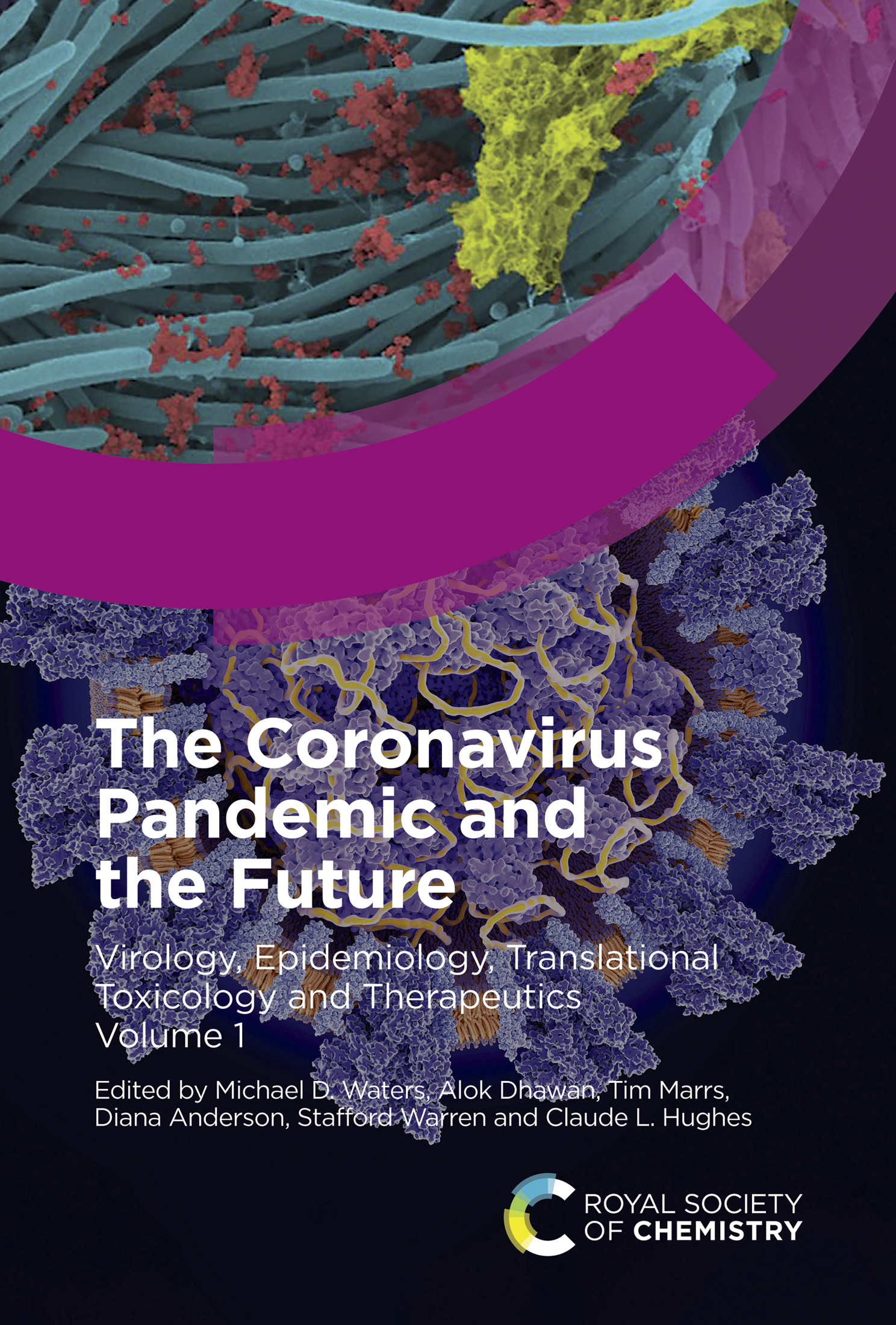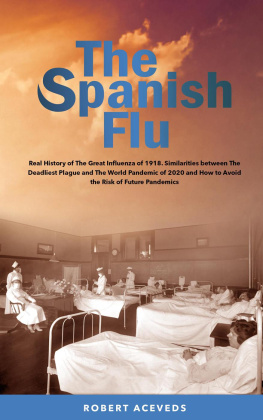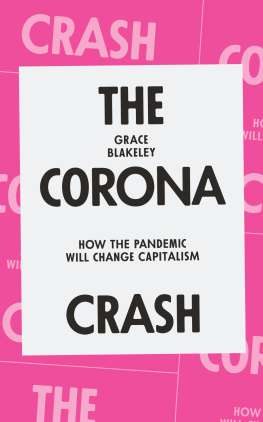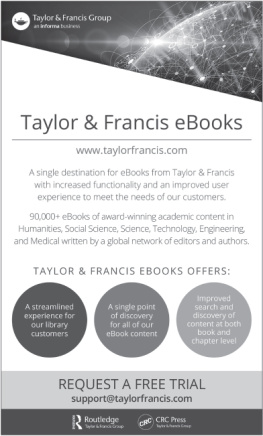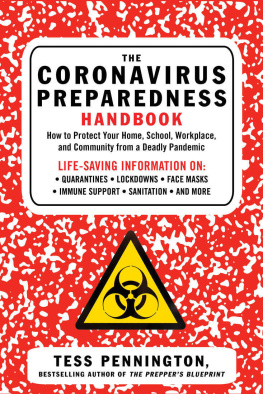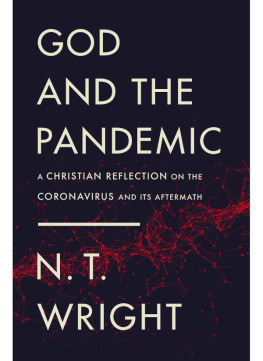The Coronavirus Pandemic and the Future Volume 1
Virology, Epidemiology, Translational Toxicology and Therapeutics
The Coronavirus Pandemic and the Future Volume 1
Virology, Epidemiology, Translational Toxicology and Therapeutics
Edited by
MICHAEL D. WATERS
Consultant, Integrated Laboratory Systems (ILS) Inc., USA
Email: mdwaters@centurylink.net
ALOK DHAWAN
Centre of Biomedical Research, Lucknow, India
Email: alokdhawan@iitr.res.in
TIM MARRS
Edentox Associates, UK
Email: timothymarrs05@aol.com
DIANA ANDERSON
University of Bradford, UK
Email: d.anderson1@bradford.ac.uk
STAFFORD WARREN
Anne Arundel Medical Center, Annapolis, USA
Email: staffwarren@yahoo.com
and
CLAUDE L. HUGHES
IQVIA, USA
Email: claude.hughes@IQVIA.com
Print ISBN: 978-1-83916-306-7
PDF ISBN: 978-1-83916-364-7
EPUB ISBN: 978-1-83916-365-4
Two-volume set print ISBN: 978-1-83916-676-1
A catalogue record for this book is available from the British Library
The Royal Society of Chemistry 2022
All rights reserved
Apart from fair dealing for the purposes of research for non-commercial purposes or for private study, criticism or review, as permitted under the Copyright, Designs and Patents Act 1988 and the Copyright and Related Rights Regulations 2003, this publication may not be reproduced, stored or transmitted, in any form or by any means, without the prior permission in writing of The Royal Society of Chemistry or the copyright owner, or in the case of reproduction in accordance with the terms of licences issued by the Copyright Licensing Agency in the UK, or in accordance with the terms of the licences issued by the appropriate Reproduction Rights Organization outside the UK. Enquiries concerning reproduction outside the terms stated here should be sent to The Royal Society of Chemistry at the address printed on this page.
Whilst this material has been produced with all due care, The Royal Society of Chemistry cannot be held responsible or liable for its accuracy and completeness, nor for any consequences arising from any errors or the use of the information contained in this publication. The publication of advertisements does not constitute any endorsement by The Royal Society of Chemistry or Authors of any products advertised. The views and opinions advanced by contributors do not necessarily reflect those of The Royal Society of Chemistry which shall not be liable for any resulting loss or damage arising as a result of reliance upon this material.
The Royal Society of Chemistry is a charity, registered in England and Wales, Number 207890, and a company incorporated in England by Royal Charter (Registered No. RC000524), registered office: Burlington House, Piccadilly, London W1J 0BA, UK, Telephone: +44 (0) 20 7437 8656.
Visit our website at www.rsc.org/books
Printed in the United Kingdom by CPI Group (UK) Ltd, Croydon, CR0 4YY, UK
Dedication
To Professor Diana Anderson, with our sincerest thanks and congratulations. During the completion of this project Professor Anderson was elected Member of the British Empire in the 2022 New Year Honours for services to Genetic and Reproductive Toxicology.
Foreword
Plagues: An Inevitable Consequence of Civilization
We humans, particularly in America, perseverate on diseases of individuals: heart disease, breast cancer, prostate cancer, etc. All of us have had family members and friends who have died from these afflictions. But these diseases, as devastating as they can be when they involve family and friends, take away only individuals. Infectious diseases plagues can take out civilizations. Yet, ironically, plagues are an inevitable consequence of civilization. The word civilization is derived from the Latin civitas, meaning city, and it is this characteristic of civilization that marks the process whereby humans came to live close together in significant numbers. Since plagues require enough vulnerable people collected in one location for the germ to spread and cause its attendant devastation, civilization has provided the substrate of vulnerable people needed to nourish a contagion.
The first well-described plague was the Plague of Athens. Although Greek cities in the 5th century BCE did not ordinarily provide the crowding needed for a plague to sustain itself, at the start of the Peloponnesian War the infantry of Sparta was able to force the citizens and allies of the naval power, Athens, into close quarters, resulting in the first of humanity's great mortalities. Its ravages were essentially confined to Athens and the adjacent other most populous towns. It killed between 80 and 100000 people, including Pericles, and was described in vivid detail by Thucydides, who had the disease himself but recovered.
While large enough collections of humans to sustain plagues were not common in the 5th century BCE, for the past 2000 years, civilization has provided many cities with sufficient crowding to sustain many plagues, and the list of these recurrent contagions that have changed history is not a short one. To name two, the Plague of Justinian It is extremely unlikely that the eruption of Islam out of the Arabian Peninsula in the 6th century would have been possible without the Justinianic Plague first decimating the Roman and Persian Empires, and it is certain the takeover of the Americas by Europeans in the 15th, 16th, and 17th centuries would not have been possible without European disease plagues with their great mortalities first paving the way.
Many of man's most virulent sources of infection, including those causing plagues, have as a common denominator that originally they were infections of the animals with which man lived in close contact; many of the animals were domesticated like cattle, but man has lived cheek by jowl with rats that have never been domesticated. However, the infective agents of these animals often mutated enough to make the jump from host animal to man. The plagues of the Black Death are caused by Yersinia pestis, a disease of rats transmitted by the rats' fleas, but when there is an insufficient supply of rats the fleas go to plan B, jump to man, and Yersinia pestis carried by the fleas then infects man. Tuberculosis made the jump from cattle. Malaria jumped from birds. Pertussis whooping cough jumped from pigs and/or dogs.
And then there are the viruses. Measles is probably a mutated variant of rinderpest which infects cattle. Smallpox, a descriptive term that distinguished it from the larger poxes of syphilis, likely jumped from cowpox in cattle. Flu makes its annual mutation to jump from birds, and also perhaps pigs. Ebola likely originated in primates and bats, as did the human immunodeficiency virus. Today's version of this recurrent zoonotic transmission theme is the coronavirus which normally inhabits a number of animals, particularly bats, but has shown ready adaptability in jumping from other animals to man and then demonstrating its plague capability in being transmissible from human to human. This large family of viruses first showed its truly malignant potential with severe acute respiratory syndrome coronavirus (SARS-CoV) in 2002, then with Middle East respiratory syndrome in 2012. The viral structure of the coronavirus makes mutation relatively easy, and this decade's version, SARS-CoV-2, is causing our current coronavirus disease 2019 pandemic.

